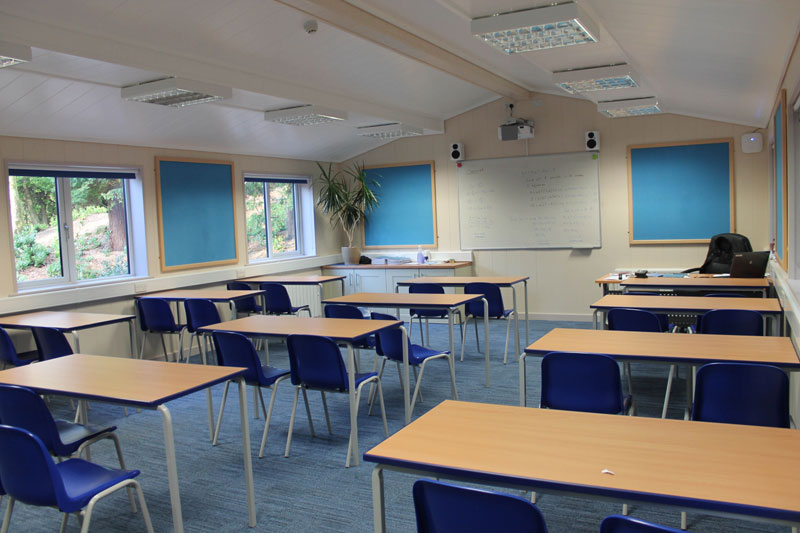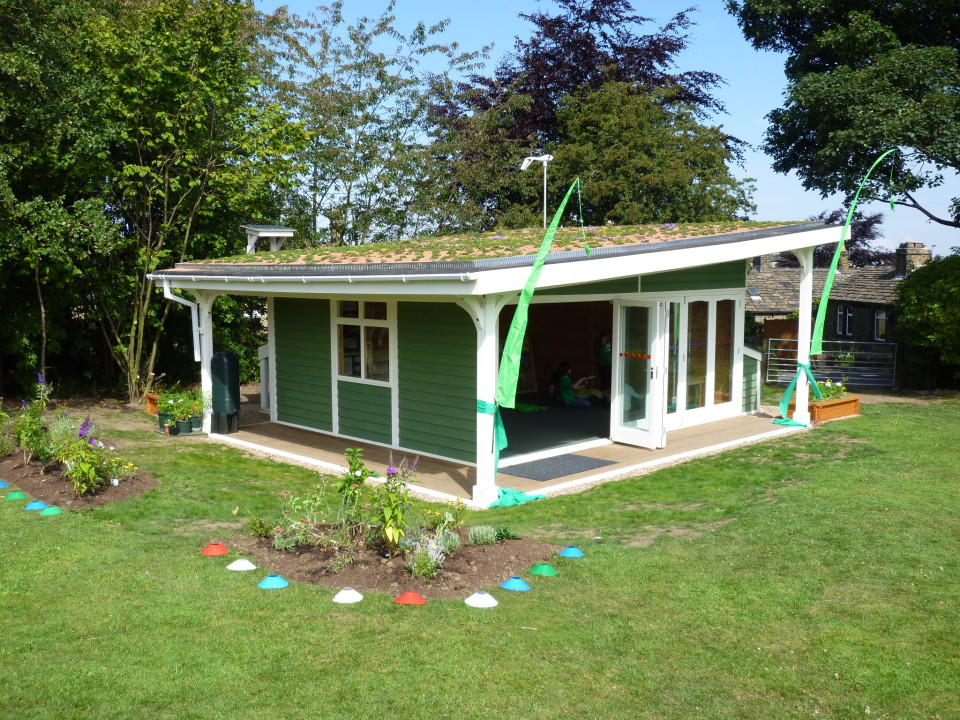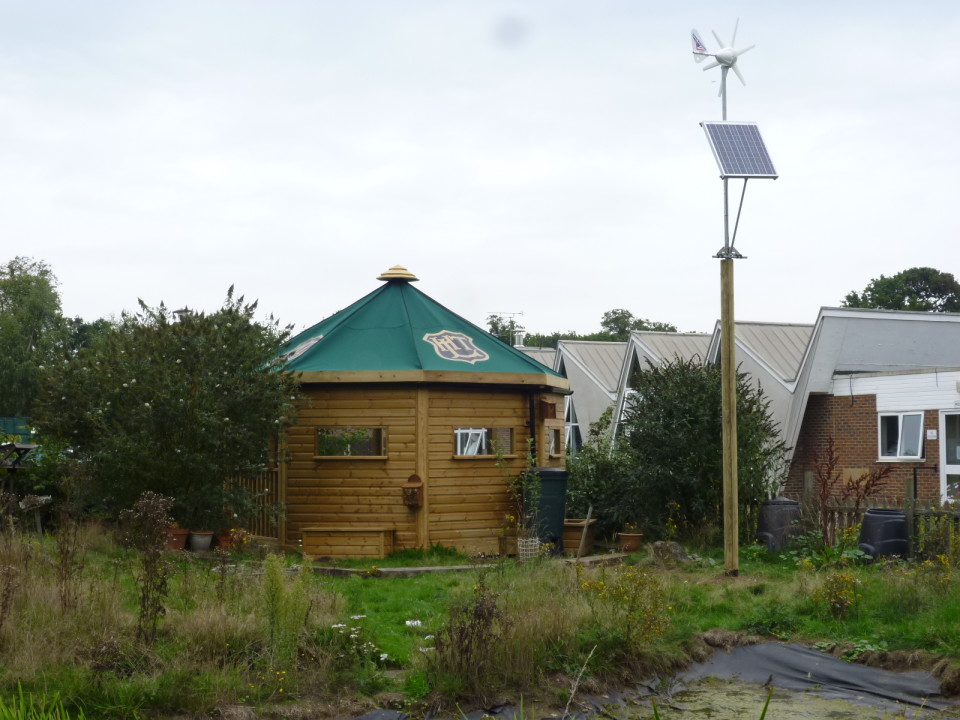

I think it is fair to say that we have had quite a lot of experience over the years in working with schools when they are looking for a new classroom building. And so we thought we would put together a very brief list of the sequential “steps” to help you facilitate what sometimes can be quite a daunting task.
Step One
Be very clear about what you want this new building to “do” and what you require within it – i.e. does it need internal WCs, how much actual classroom teaching space do you require, do you need to have extra storage space, is a kitchenette area with sink and microwave required? Is it just going to be used exclusively by the school or is there a wider community use for it perhaps (this can sometimes be quite important if you are looking for external funding). So have a clear project plan in place and establish any local need if so required.
Step Two
Once you have decided upon the above, you now need to get the initial buy-in from your Governors to proceed further. Without this, you are just going to be wasting your time and those of potential suppliers. I have been on many visits to schools where we have put together quite detailed plans and quotes and only to be later told that the Governors would rather spend the money on something else having not originally been consulted. It can be quite frustrating.
Most important – how are you going to pay for it?? Like above, I have been involved on some many projects where this has not really been addressed initially and it really needs to be. You therefore need to identify as to whether there is money in the school capital budget, can you lease the building perhaps, research if there are there grants available from the local education authority (we keep hearing so much about how the Government are pumping millions into the whole classroom shortage problem) and whether there are non Govt grants which might fund your project – especially if there is a wider community use for your building.
Step Three
At this stage you now need to start to look at potential suppliers for your school classroom building. Have a look at their websites, ask them for testimonials from previous schools they have supplied, see whether they will come out and do a free initial site visit. Ascertain what kind of overall service they can supply – e.g can they offer a complete turn-key system whereby they will undertake all of the associated project work such as applying for planning permission, filing building reg applications, install baseworks, connection of all necessary services etc If so, they will need to give you a comprehensive quote
Step Four
Once you have received in all of the quotes and undertaken as much as due diligence as possible, make your decision as to which company you wish to contract with. Now you need to file a planning permission application to your local authority as no building work can be done until you have this. In some instances a building regulation application can be filed at the same time to the building control officer in order to save time.
Step Five
If you are planning on siting this new classroom building onto an existing playing field area at the school, you will also need to check whether you have to file for Section 77 Approval and details on this can be found on the below link:
https://www.gov.uk/school-land-and-property-protection-transfer-and-disposal
If you do, you cannot start any work until you have authorisation.
Step Six
Once you have all of the above approved, agree a build schedule with the supplier/contractor and make sure that it is stuck to!
Step Seven
Move in!
If would like to discuss how we can help your school with your new classroom project, then please do contact us.
For further information, please contact Simon Fearnehough on 01865 858982 or email simon@hideouthouse.com
or please visit school classroom buildings






